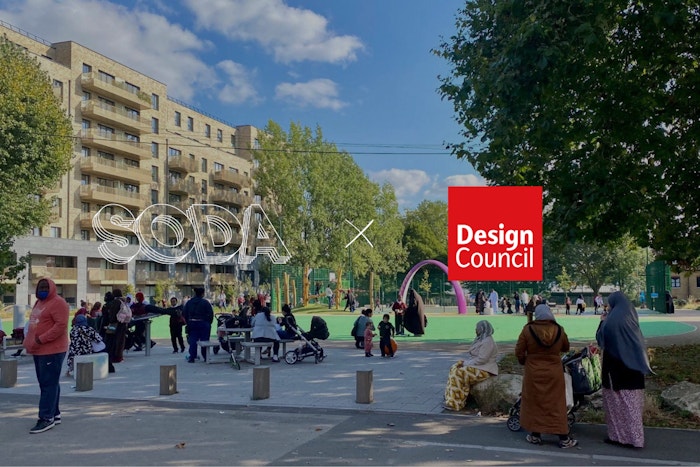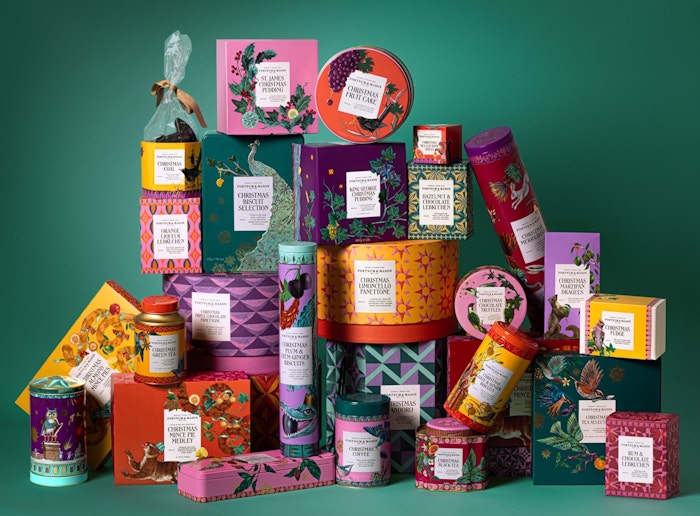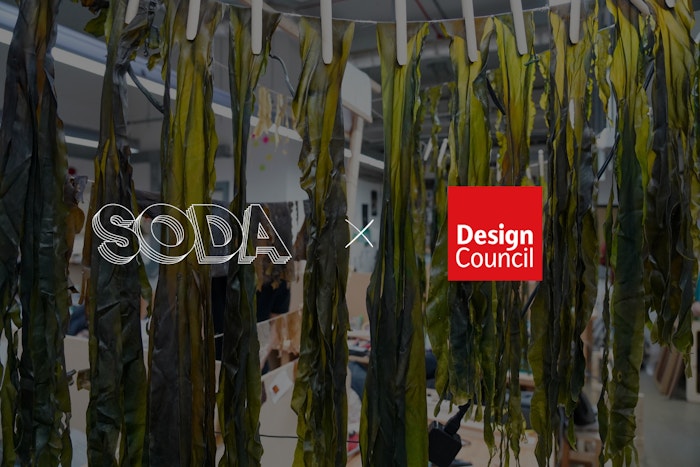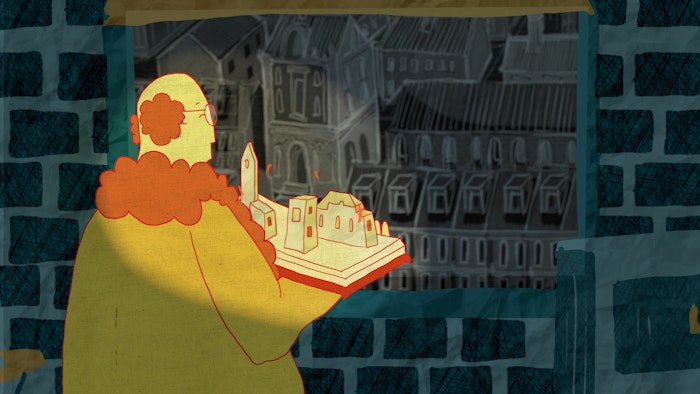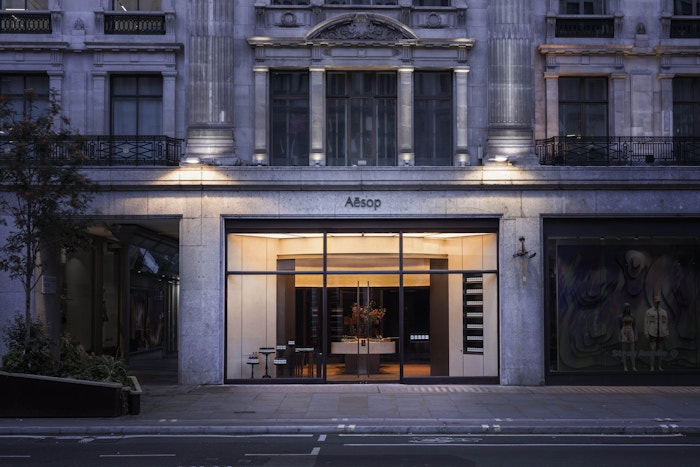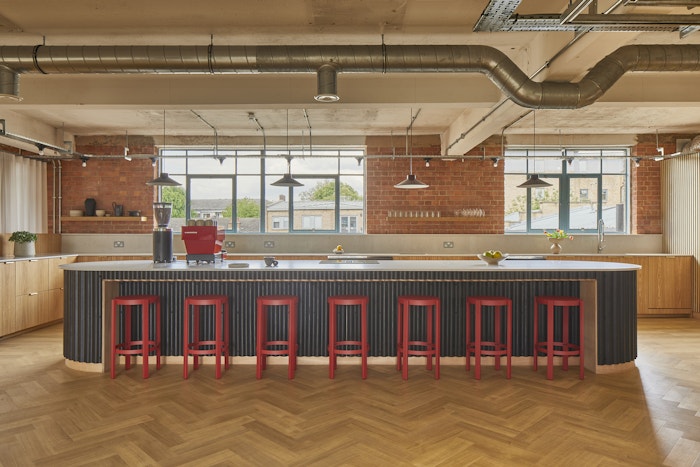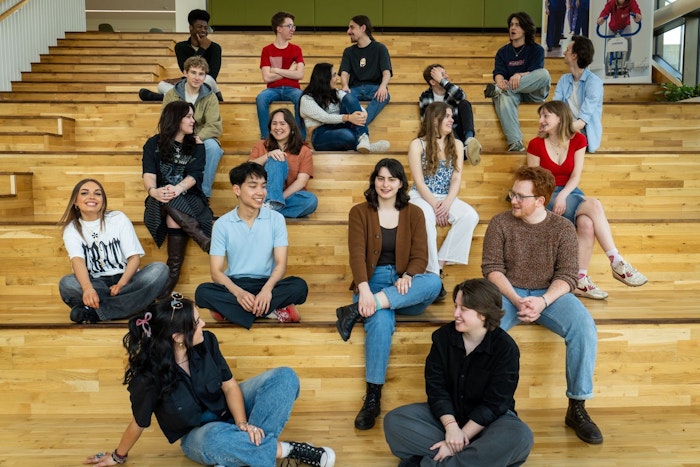
Words by Kieran Kelly
22 Aug 2024
‘A chance for a reset’: What might design look like under the new Labour government?
Political journalist Kieran Kelly interviews creative industry leaders about the role designers could play under the new government.
Fourteen years is a long time in any walk of life, especially for an industry that’s been crying out for more support. Though the last Conservative government - which ruled in Britain between 2010 and 2024 - did not totally ignore the design industry, it’s fair to say that it wasn’t high up in its agenda.
You can’t necessarily begrudge them either. How can you speak to everyday voters about design when all they’re worried about are their rising food and heating bills?
The first thing to note is that the dwindling focus on design is not necessarily party political either, according to Design Council senior policy and advocacy manager Matilda Agace.
There was “palpable excitement” in the industry when Tony Blair’s Labour government rose to power in 1997, says Agace, while Conservative Prime Minister Margaret Thatcher made history by making Design and Technology (D&T) a compulsory curriculum subject in 1988.

Design Council senior policy and advocacy manager Matilda Agace
Nonetheless, those within the industry are glad to be moving on from the last 14 years with the hope of seeing more from the new Labour administration, led by Sir Keir Starmer. “The role of design hasn’t been visible in the wider economy as is appropriate considering its scale and value to the UK economy,” Agace tells SODA.
“I think the election does offer an opportunity for a bit of a reset and a chance to re-energise the public, and politically, about the potential of design.”
While there was little-to-no mention of the creative industries in the King’s Speech last month, that doesn’t mean the design industry will continue to be neglected within the wider political arena.
“The Labour Government has lots of policies and targets that will require good design,” she says.
‘Building homes requires good design’
One of the most central policies at the heart of the new Labour government is housebuilding. During the election campaign, the party pledged to build 1.5 million homes - a target the Conservatives regularly failed to meet.
To help them to meet this target and to grow the economy, Chancellor Rachel Reeves last month set out a series of planning reforms which she hopes will ‘get Britain building again’.
These will include the reintroduction of mandatory housing targets, increasing ‘grey belt’ development and - perhaps crucially for the industry - a refocusing of housing policy on ‘good design’ rather than on highly subjective concept of ‘beauty’.

Rachel Reeves at the Weir Mill Construction Site in Stockport. Credit: Rachel Reeves flickr
Agace argues that this level of planning reform, at least on the surface, is risky as it’s a ‘misnomer’ to suggest that planning is an obstacle to building lots of homes. “We believe that planning is a driver of design quality and a driver of delivery, rather than a blocker,” she argues.
But a key line in their manifesto indicates that Labour is aware of this, as they pledged to build ‘well-designed, high quality and sustainable homes’, all of which signal a crucial role for the design industry.
What makes a ‘well-designed’ home?
A big focus for the Design Council is ensuring that the Government’s housing targets can be met within the allocated five-year time frame, while also adhering to climate targets. According to Agace, a well-designed home should factor this in.
“The difference a really good design can make is the comfort and the security you feel in your home…but when we look wider, it’s whether you can get public transport, whether you’ve got nature on your doorstep, whether the building you’re in is connected to your neighbours,” argues Agace.
“Well-designed homes don’t just look gorgeous…that’s part of good design, not the point of it.”

Housing Secretary Angela Rayner. Credit: Angela Rayner flickr
“Well-designed homes don’t just look gorgeous…that’s part of good design, not the point of it.”
Design codes, a relatively new feature within the planning system, can play a crucial role in ensuring new homes meet these targets. Working with councils, the codes can ensure new housing developments connect with the wider community, both aesthetically and also in terms of transport and economic connectivity.
“Design codes help make places, rather than just individual buildings,” explains Agace.
Transitioning towards a green economy
Climate targets will not just feature in Government plans to ‘get Britain building again’, but across the policy spectrum. As has been the case with planning, Labour have not wasted any time in signalling the scale of their environmental plans.
Within just days of taking office, the Net Zero Secretary, Ed Miliband, approved the development of three new solar wind farms, which could power 400,000 new homes. Though there is undoubtable disappointment about Labour’s decision to scale back its original £28bn green investment pledge, the Government’s intense focus on green development and technology offers ample space for designers to operate and innovate in.
In particular, Agace believes designers can play a role in helping the Government to understand what the net zero transition means beyond energy itself. This includes a focus on the embodied carbon in material goods, nature and also the circular economy, a concept which Labour committed to in its manifesto.

A circular economy is defined as a model of production and consumption, which involves reusing, repairing, refurbishing and recycling existing materials and products for as long as possible. This has been of particular importance to Steve Reed, the new Environment Secretary, who has committed to creating a zero waste action plan.
Product and industrial designers should pay attention to this, according to Agace, as they will know that around 80% of any product’s environmental impact is determined at the design phase.
“If we’re going return zero waste, we’re going to have to redesign a lot of our consumer economy and a lot of our business models,” Agace tells SODA.
“There’s a really good growth opportunity there for designers to find new work in redesigning stuff and also to grow an economy for re-industries. So, how do we turn waste products into new things.”

Prime Minister Kier Starmer hosting the CEO Business Reception. Credit: Number 10 flickr
So far, it is clear how much the new Prime Minister values the role of the state. Already we have seen the Chancellor vow total reform to the planning system, the Net Zero Secretary approve a series of green developments, and the Environment Secretary commit to the circular economy.
Actions are important and signal a radical shift for designers, but leadership goes beyond policy frameworks and announcements. Instead, leadership involves bringing people together.
‘Design needs leadership’
Bringing about change through visible leadership is one thing that the former Prime Minister Rishi Sunak did well, according to Explorers Club Studio co-founder and strategy director Ayo Fagbemi.
“Sunak offered leadership when he hosted an AI summit in the UK, bringing in experts and the likes of Elon Musk to talk about this new and exciting industry,” Fagbemi tells SODA.
“Politics is about people, just like design….it’s all good getting petitions but we need prominent action and tangible moments. That will give us real momentum.”

Explorers Club Studio co-founder and strategy director Ayo Fagbemi
Beyond hosting events for designers, which Fagbemi says gives ideas the ultimate legitimacy when associated with Government, he would like to see more links between the industry leaders and young designers.
“Bring young designers into the room and let them listen to what the industry is saying,” says Fagbemi. “Discussions about design often happen in silos. Leaders say we want the next generation of talent to do X or Y, but there’s not much discussion between the two. Government could facilitate that.”
‘Who will be the designers of tomorrow?’
Someone who is no stranger to nurturing future designers is D&T Association chief executive officer and former headteacher Tony Ryan. A recent report by the association found that the D&T GCSE could be wiped from the curriculum within four years if no action is taken, The Observer reports.
Already, around 20% of schools in England and Wales do not teach the subject, with pupil numbers falling by 67% over the last decade. In 2009, more than 15,000 secondary school teachers could teach the subject, a figure which has dropped to 6,300. Based on current trends, this will dip below 4,500 in the next four years, which will not be enough to sustain the subject.
The result? Studying design will become the preserve of the privileged few, primarily from private schools, where the subject is still able to thrive due to more funding.

D&T Association chief executive officer Tony Ryan
“The subject has been allowed to fall into a state of disrepair,” Ryan tells SODA.
“Design in the UK has always punched above its weight. It’s been assumed we will always do that…it has to an extent, but we’re at a point where it’s getting critical. Digital design is on the up and the education system is not preparing students to step into that world.”
So, after 14 years of neglect by the Conservative Government, will the new Government facilitate a radical shift for design education and therefore more broadly, the entire industry?
According to Ryan, the most significant signal to come from the new Government so far is the curriculum review. “This is massive,” according to Ryan. “We’ve been teaching people in the same way for sixty or seventy years. Something has to change.”

While much of design education has been basic - for example, designing a clock - it must now be more radical and forward-thinking, argues Ryan.
“We have to show people what design actually is. It’s solving tomorrow’s problems using technology and making sure people understand why.”
More broadly on education, Labour has pledged 6,500 teachers - which is less than the total number of D&T-trained teachers that have dropped out of the school system in the last 15 years, so there is a concern the current rate of decline will continue.
“It barely scratches the surface,” Ryan continues, “but it’s a positive step in the right direction. Just going back to hope…the last 14 years for the industry, in terms of government relations, there was no hope but now there is and that’s not nothing.”









